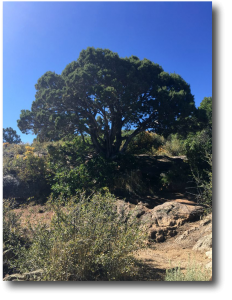The Way of Conscious Death invites us to practice for our death throughout our lives so that we can remain more awake and present as we are physically dying. The Way of Conscious Death also asks us to surrender to each and every dying we encounter so that we learn to die as we are living and live as we are dying. Sages from all times and every portion of the globe have advised us to practice for death. Mohammed said we must “die before we die”, and Jesus taught us to “give up our
 lives to save them”. What do these things mean? Why would we want to practice for our own deaths? Medieval Christian monks would whisper in one another’s ears, “Remember: you will die”. And contemporary Buddhist practitioners spend hours on their meditation cushions experiencing death in their healthy bodies. So how can we do the same thing; how can we practice dying?
lives to save them”. What do these things mean? Why would we want to practice for our own deaths? Medieval Christian monks would whisper in one another’s ears, “Remember: you will die”. And contemporary Buddhist practitioners spend hours on their meditation cushions experiencing death in their healthy bodies. So how can we do the same thing; how can we practice dying?
Death is not merely one final happening in a lifetime; it is not the finish line that we are forced toward as we take our final breaths. Rather, all deaths are integral to our life – both our final, physical deaths and all the smaller deaths we experience on the way to that last event. And we can use those smaller deaths both to help ourselves prepare for our physical dying and to help us live each of our days more abundantly. Without allowing ourselves repeatedly to die throughout our lives, we likely will find ourselves struggling against death as our physical bodies decline. We will resist the natural flow of life in our attempt to keep living, so that ultimately our obsession with living robs us of our ability to live fully.
Practicing for our death can look like participating in ancient rituals and ceremonies. It may also happen through sitting on our cushion in meditation, moving our bodies in yoga class, and becoming acutely aware of the plants that are dying in our garden. There is a wealth of guidance and support for our practicing for death. Some of it originates in the traditions of ancestors long gone, and some of it streams toward us from the vast amounts of material found in end of life care manuals and death data from medical, psychological, sociological, and religious realms today. The Way of Conscious Death acts as a gateway through which we can open to that immense volume of wisdom by presenting us with rituals, practices, prayers, and exercises that form the basis of our practice for death.